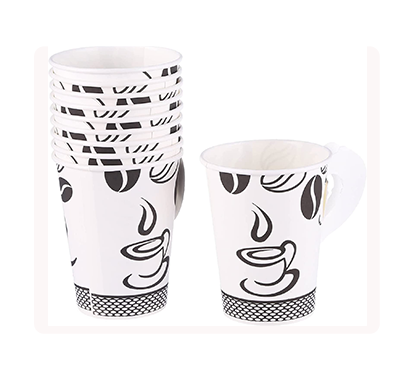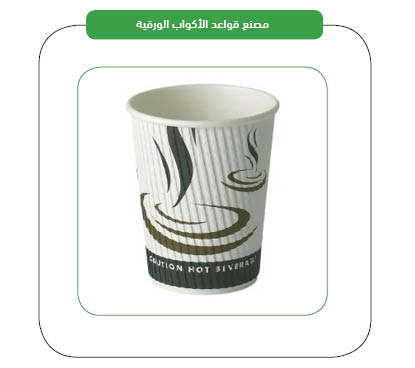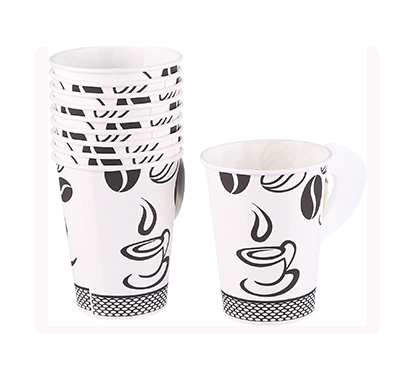Mashroo3k Economic Consulting Company offers a feasibility study for a paper cup factory project in Saudi Arabia with the highest return on investment and the best payback period, through accurate studies of the industrial sector in Saudi Arabia, analyzing the strategies of local and foreign competitors, and providing competitive price offers.

Mashroo3ak Economic Consulting Company provides investors wishing to invest in Saudi Arabia with detailed feasibility studies on a paper cup factory project. The project targets various sectors. Like this: Restaurants, hotels, cafes, hospitals, And others.
The factory provides paper cups in different sizes, using modern technologies and relying on the best human cadres.
Mashroo3k Economic Consulting Company is keen to meet the project’s needs, by identifying the technical expertise needed to build a strong quality department, and the labor needed to achieve a competitive product capable of meeting customers’ needs.

The paper cup factory project is considered one of the vital projects in the industrial sector. The experts of Mashroo3k Company emphasize to investors wishing to invest in a paper cup factory in Saudi Arabia the necessity of searching for competitive advantages, which is provided by the studies of Mashroo3k Company for Economic Consulting, to help the success of the medical consumables factory project as an investment opportunity. <br>


Executive Summary
Project description and all its products/services.
Market Size Study
Risk assessment study.
Technical study.
Financial study.
Organizational and administrative study.

The Kingdom of Saudi Arabia has paved the way for development with its ambitious Vision 2030, which aims at economic diversification, the renaissance of non-oil sectors and increasing the contribution of the private sector to GDP, and this can only be achieved through the renaissance of industry and mining as two main tributaries in major economies, and the Kingdom is determined to increase their participation in its GDP by about 15%. When talking about industry in the Kingdom, it should be noted that it was not born out of the moment, but rather it has been extended and rooted since the discovery of oil in the Kingdom in the late thirties of the last century. Over the decades, the Kingdom spared no effort to develop its industry; it established the Industrial Development Fund (1974), the Royal Commission for Jubail and Yanbu (1975), and SABIC in 1976. The roles and tasks undertaken by these institutions and the programs they worked on to grow the industrial sector and develop its performance and working mechanisms are no secret to anyone. As a result of the efforts exerted years ago in this direction, the number of factories in the Kingdom today has increased to more than 10,000 factories. We, Mashreq, believe in the importance of the industrial sector and its role in driving the economy, so we will present its most important indicators below so that anyone wishing to invest in it can be aware of them:
